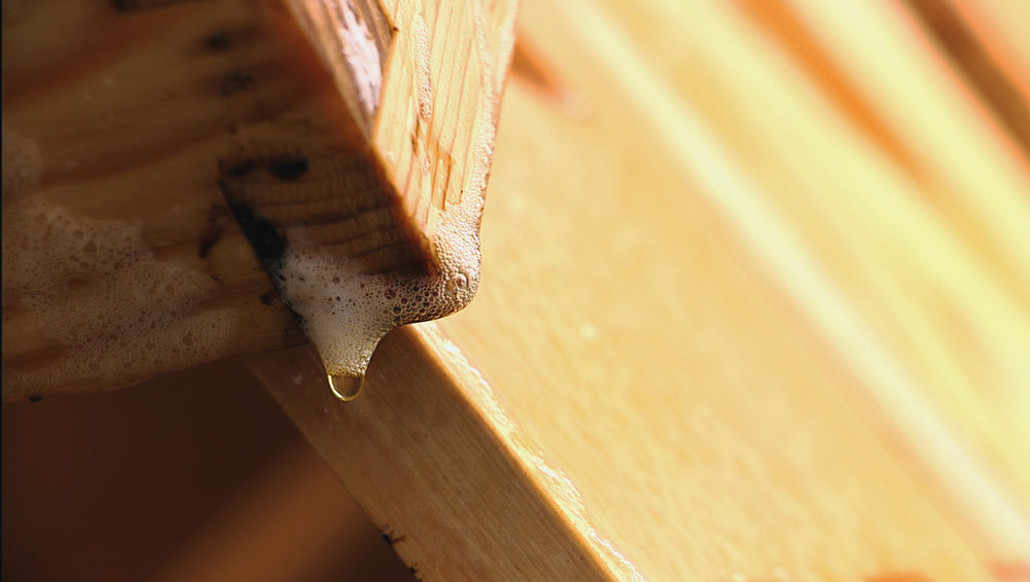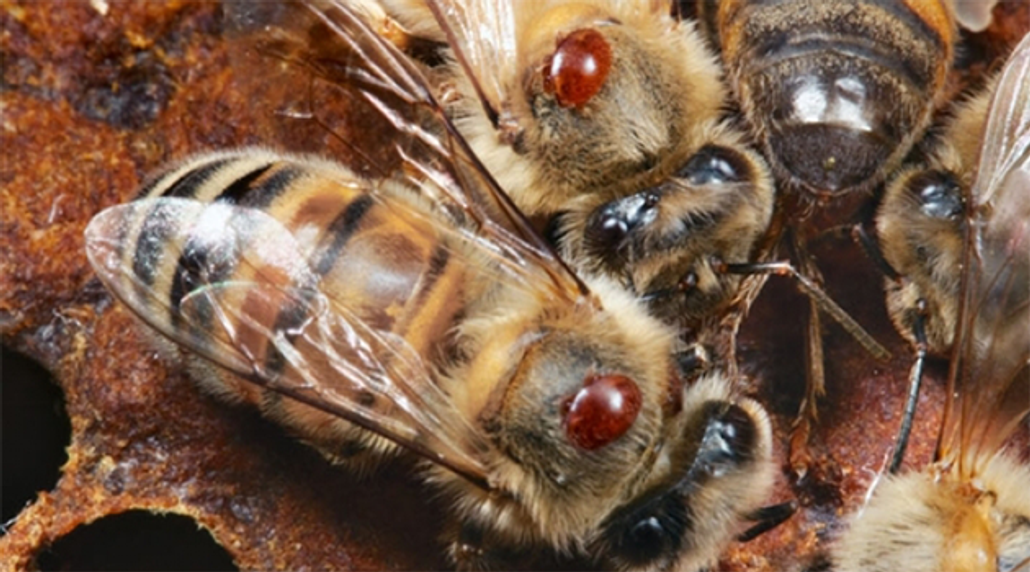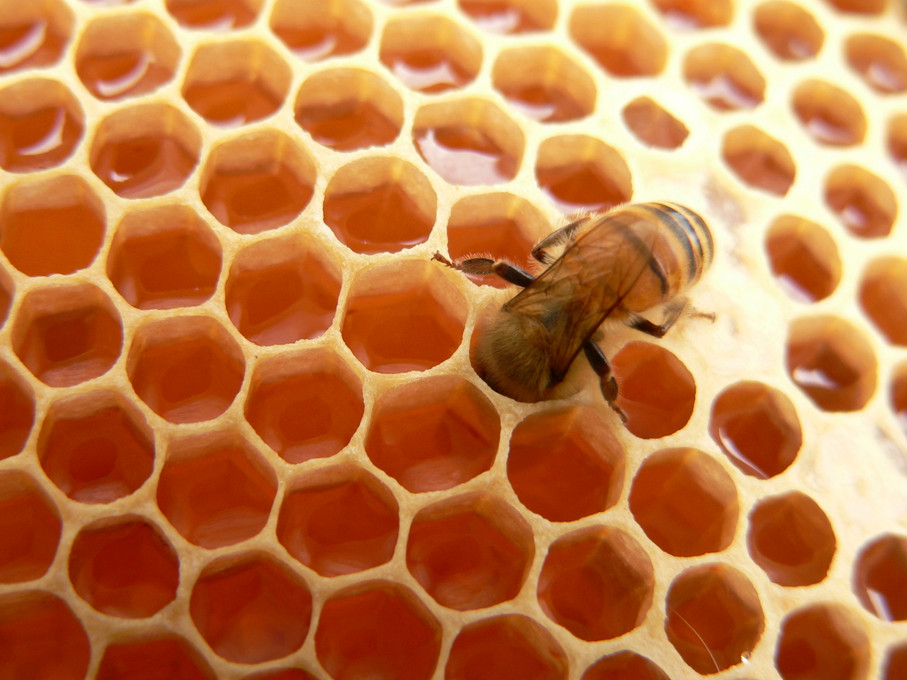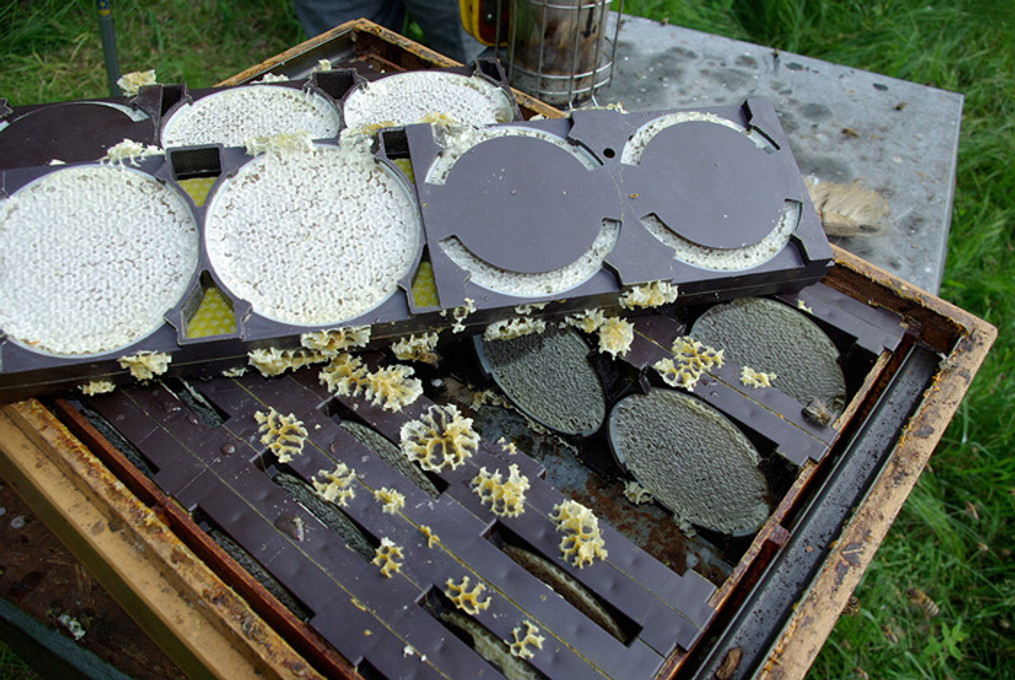Posted by Bruce Clow on 31st Jul 2018
A good friend of mine and an excellent beekeeper was showing me his stacks of nuc hives ready to be put in the field for queen rearing and splits. I asked him how old they were as they were starting to look a bit worse for wear and he said they were three to five years old. We went up to some and the landing boards were rotten through and fell apart in his hand. He was surprised as he said they were wax dippedI had noticed at another visit tha… Read more
Read more
Posted by Bruce Clow on 31st Jul 2018
I had the pleasure of attending the American Beekeepers’ Federation conference in January 2015, and one of the sessions was on varroa management.Usually, when we think of dealing with varroa, we immediately think of ‘strips’ of something. Well, there is much more that can be done, and perhaps should be done before we hit the problem with ‘strips’. Understanding the life cycle of the varroa mite is critical in managing the parasite. Essentially… Read more
Read more
Posted by Bruce Clow on 20th Jul 2018
To have the greatest chance of successfully getting your bees to draw good even beeswax comb from your beeswax coated plastic frames, plastic foundation, or beeswax foundation, it is essential to understand both bee biology and bee behaviour. As a beekeeper, we want our bees to build deep even beeswax comb which they can then use for rearing brood, storing pollen and nectar, and of course, storing honey that will be easily uncapped and… Read more
Read more
Posted by Bruce Clow on 20th Jul 2018
Comb honey is a great way to harvest that delicious liquid gold. Comb honey is growing again in popularity in tandem with the growth in beekeeping in general in New Zealand and in particular with hobbyist beekeepers. The convenience of dispensing with the whole honey extraction step is also a major benefit for the beekeeper to go to comb honey production. It is ideal for the hobbyist and small commercial operator for that very reason—a… Read more
Read more




